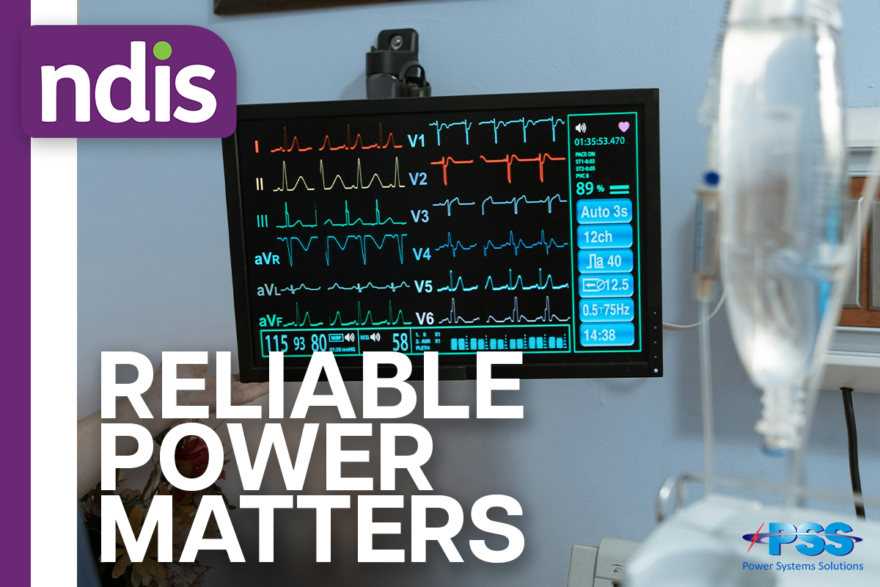If you’ve ever purchased anything from controllers and electric instruments to power supplies and desktop electronics, you will have come across the item’s IP rating.
This is an internationally recognised rating that defines the item’s “ingress protection” against dust and liquids.
An item’s level of ingress protection is its resistance to things entering the equipment, or at least its outer casing.
At PSS, we are well-versed in IP ratings, as our products are manufactured to the most robust standards and protect vital systems in healthcare, mining, research and many more applications.
If this blog doesn’t answer all of your questions on IP ratings, get in touch and discuss your needs with our friendly team.
What Do the Numbers Mean?
While IP stands for ingress protection, the meaning of the two numbers that follow isn’t so obvious.
To give you a crash course on IP ratings, the first number represents the ingress protection to solid objects, while the second relates to water resistance.
The larger the number, the more resistant the item is to smaller and smaller items or moisture levels.
The International Electrotechnical Commission provides the official description of each rating, ensuring a global standard when it comes to ingress protection.
For solid foreign objects:
- 0 indicates there is no protection;
- 1 protects against objects larger than 50mm such as a hand (not a finger);
- 2 protects against objects larger than 12.5mm such as a finger;
- 3 protects against objects larger than 2.5mm;
- 3 protects against objects larger than 1mm;
- 5 indicates the object is dust protected;
- 6 is absolutely dust-tight.
For water resistance:
- 0 indicates no protection;
- 1 indicates protection against vertically falling water drops (light rain);
- 2 protects against vertically falling water drops when the enclosure is tilted up to 15°, or the water falls inwards at 15°.
- 3 protects against spraying water;
- 4 protects against splashing water;
- 5 protects against water jets;
- 6 protects against powerful water jets;
- 7 protects against temporary immersion;
- 8 protects against continuous immersion;
- 9 protects against high-pressure temperatures and water jets.
For reference, the latest iPhone 14 has an IP rating of IP68, meaning it is absolutely dust-tight and protects against continuous immersion. Manufacturers will often declare the length of time that a user can expect the enclosure to last while immersed, as this can vary.
IP55 vs IP65
Using the above logic, the difference between IP55 and IP65 is in the ingress protection against solid foreign objects.
These ratings are relevant to the PSS range because products with these ratings are most applicable to our clients’ needs in mining, healthcare, research and the like.
IP55 rated items such as the Redback Racks 18RU 600 Depth Weatherproof Outdoor Racks are rated 5 for dust protection and 5 for protection against water jets.
IP65 rated items, however, have the same water resistance with the added bonus of absolute dust-tight protection.
If you’re looking for the best of both worlds in dust and water resistance, Redback Racks’ Weatherproof Enclosures are rated IP66 for the most hard-wearing workplaces that cannot afford to sustain damaged equipment.
Contact PSS to Learn More
Our electrical enclosures are a safe bet to protect your equipment from whatever your line of work throws at it.
Let us know what IP rating you require and we’ll match you with a product to suit your needs.



